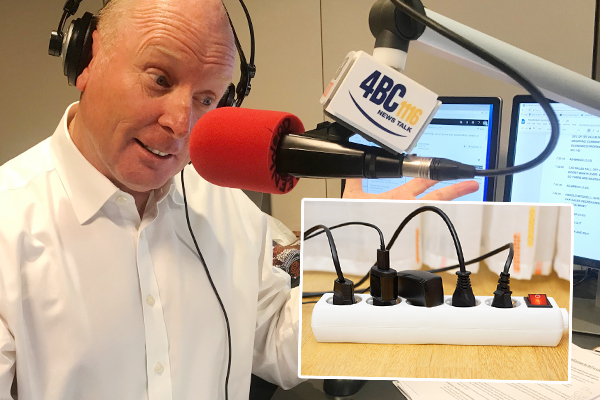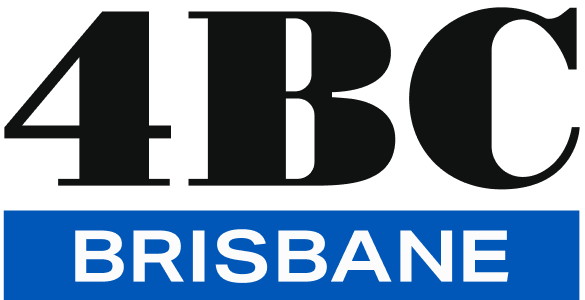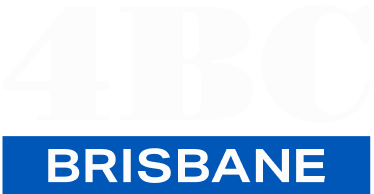Electricity: They’re practically giving it away for free

This is usual.
At 3.45pm Tuesday, the wholesale electricity price in South Australia was in negative at -$1.96 per megawatt hour.
In Tasmania, it was -$0.86.
Meanwhile, the other states all saw a far more expensive wholesale price:
- VIC, $30.86
- NSW, $75.44
- QLD, $71.42
Something I’ve rarely seen! Electricity prices in SA & Tasmania are negative! No wonder they’re shipping as much to Victoria as they can! I wonder if their households & businesses are feeling the impact! @9NewsAUS @MoneyNewsShow pic.twitter.com/w181OhRXQB
— Ross Greenwood (@Ross_Greenwood) August 14, 2018
But as the 9-5 workday ends, the peak power time begins as people go home and switch on their lights, televisions and heaters.
At 6.35pm, electricity prices jumped significantly (see below).
And here’s the same market, 3 hours hours later when people are at home, turning on heaters & TVs! @9NewsAUS @MoneyNewsShow pic.twitter.com/e7VKgnLs42
— Ross Greenwood (@Ross_Greenwood) August 14, 2018
But the question remains, how is it possible to have negative power prices?
Energy Edge Managing Director Joshua Stabler tells Ross Greenwood it’s to do with the availability of energy.
States, where energy is scarce, are more likely to see higher prices.
“One of the main aspects of the electricity industry is that it’s very difficult to store energy.
“So what that means is you have large amounts of volatility in this wholesale spot market when it’s either oversupplied or undersupplied.”
He says both South Australia and Tasmania have seen strong winds which “resulted in very high energy output from their wind farms”.
Click PLAY below to hear the full explanation














